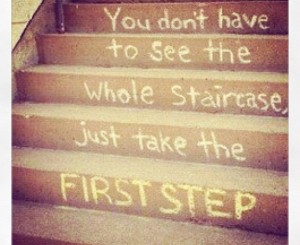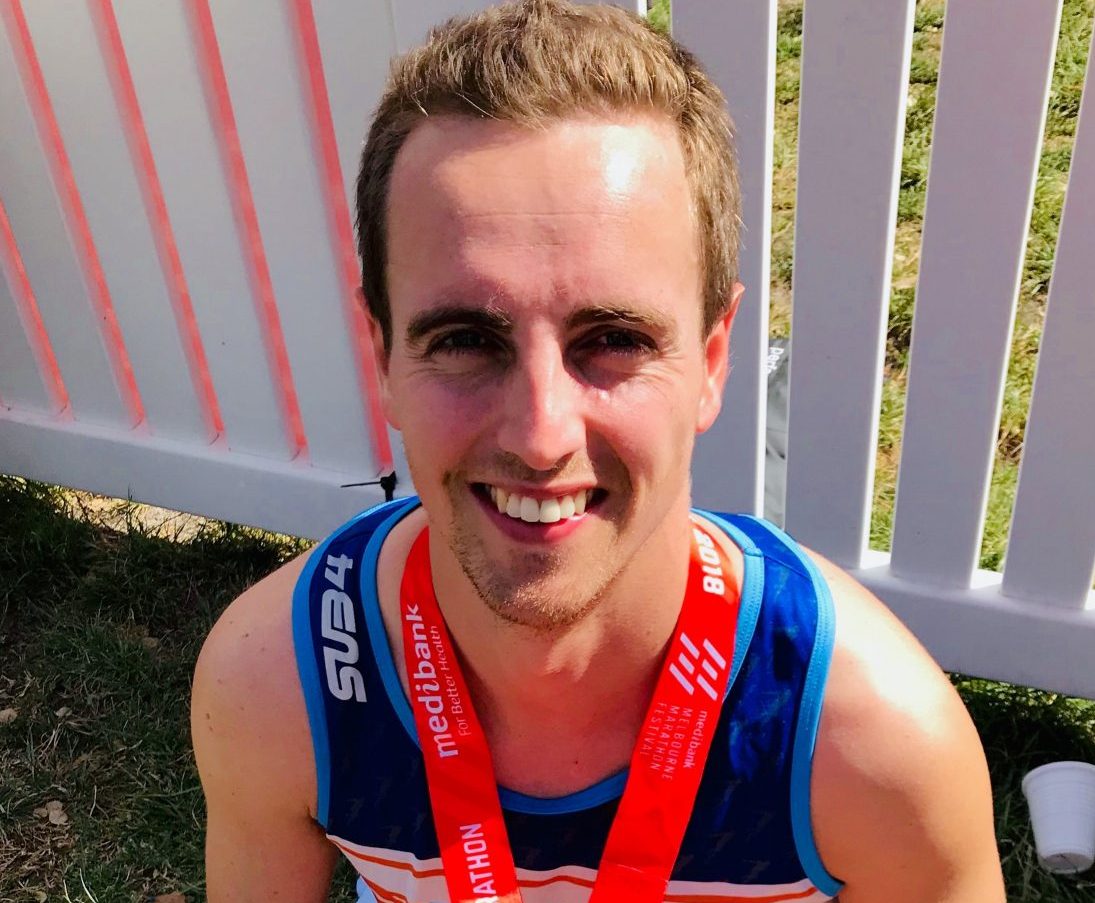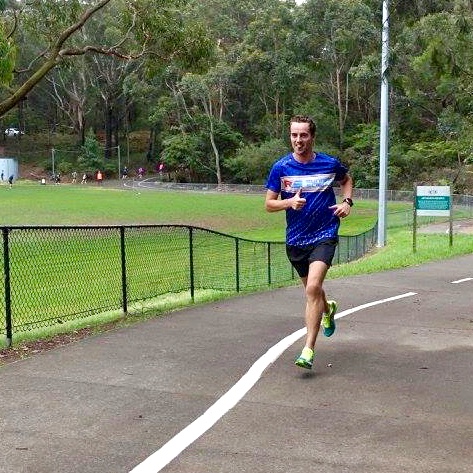Beginner’s Determination
I donned my runners, set off with beginner’s determination and was pleasantly surprised to find it not too difficult. The app features a woman with a strong American accent, which is a little alienating, but she is suitably quiet except to prompt you in and out of the running phases. The first week alternates 1 minute of running with 1.5 minutes of walking, gradually increasing the time from 15 minutes to 20 minutes. It was a gentle start that suited me perfectly.
Straight away I noticed that on the days I exercise my mood is brighter and more positive. I am more focused and productive at work too.
So far, I’m also finding the time commitment very achievable. Fitting in a session before work twice during the week, and then committing to a third session on one day of the weekend wasn’t difficult.
The app insists on rest days to allow the body time to adapt and recover. As someone with a tendency to perfectionism, I like that the app provides clear boundaries, both within a session, and also between sessions. This stops me from doing my usual ‘too much too soon – overburdened – give up completely’ routine.
Thoughts on getting, and staying, motivated to exercise
Motivation – a contentious subject for me when it comes to exercise, and I know I’m not the only one! As mentioned in my first post, I figured a goal was the thing, and indeed so far that has been motivating. But what happens when I have achieved my goal of running 5K? On reading a fascinating article that Louise sent to me (link is below) I can see that I’m in a ‘motivation bubble’. I am being buoyed along by the promise of a future reward (feeling good at achieving a task that I’ve set myself) but after that, what then?
Physical activity: gift or chore?
It turns out that while tools such as Couch to 5K, fitness trackers or any other nifty exercise technology may be helpful, they do not tend to provide the kind of motivation that will keep you exercising even after the goal is reached. Ticking 10,000 steps off the to do list, being able to run 5kms, or losing weight are goal-related motivations and while these can be compelling in the short term, it is motivation related to values that keeps the spring in your step for the long term. In other words you need the right kind of why:
The right why reflects enjoyment and empowerment: choosing to move for reasons that feel relevant and compelling and then participating in physical activities that deliver immediate positive feedback: listening to high-energy music while using the elliptical; walking for 10 minutes with a partner for connection; being in the present moment when swimming; sharing laughter with a close friend during a workout. In this cycle, people learn that moving brings them real rewards — fun with family, creativity and innovation at work, or simply feeling more grounded in themselves (Segar, 2017)
This leads me to think that while using Couch to 5K is a great way to get started, I also need to be focusing on the gifts regular exercise and increased fitness are providing in my life right now. Stay tuned!
Segar, Michelle, (2017). ACTIVITY TRACKING + MOTIVATION SCIENCE: Allies to Keep People Moving for a Lifetime, ACSM’S Health & Fitness Journal. (21) 4, 8–17.





